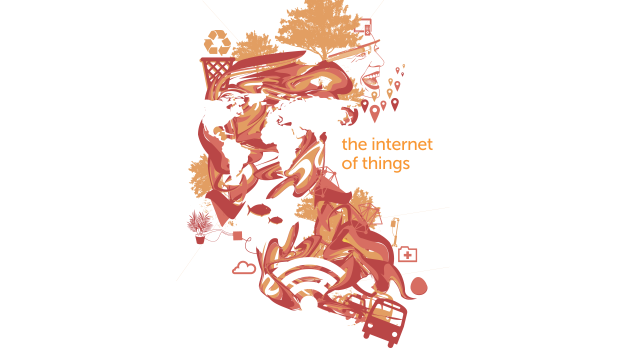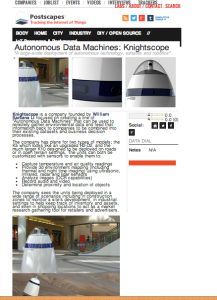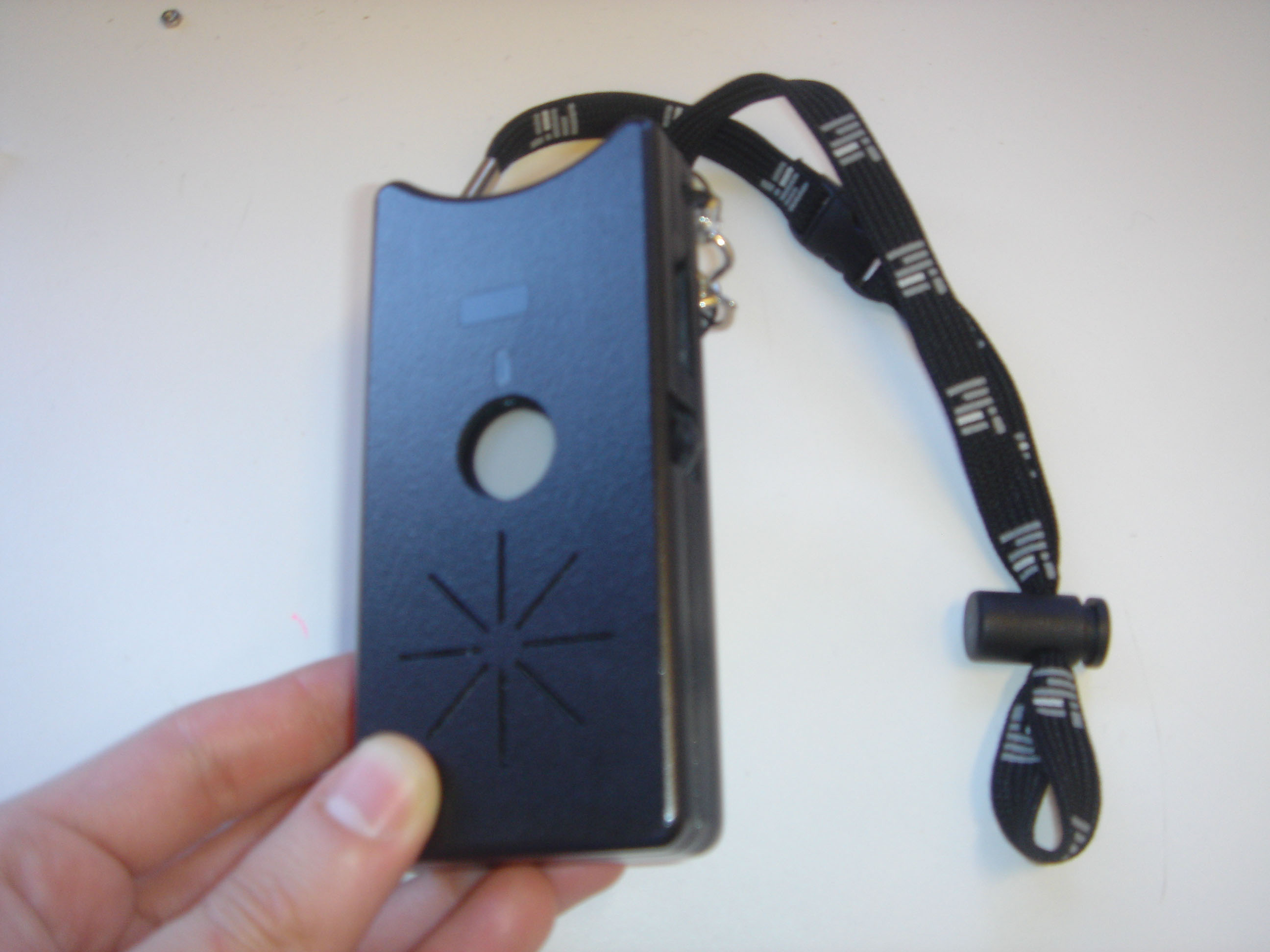For a big project I’m working on, I’ve fruitlessly combed the Web for surveys of C-level executives’ view of the Internet of Things — until now!
ARM has just released results of a worldwide June survey, “The Internet of Things Business Index: a quiet revolution gathers pace,” that included many C-level executives, which the Economist‘s Intelligence Unit did for ARM about respondents’ attitudes toward the IoT.
I’d strongly advise you to read the entire report for a reality check on the current state of the IoT (provided, of course, that the sample population really reflects corporate attitudes as a whole — in my mind, that’s a big if, because most companies just haven’t been disclosing much information about IoT initiatives. Of course that might be because they view IoT initiatives as a real strategic advantage!).
I was happily surprised, given the low level of business media coverage of the IoT until recent months, to see how many of those surveyed knew about the IoT and were actively involved in planning for corporate initiatives, although most of those initiatives were only in the early research stages and most companies weren’t convinced the IoT would be of major near-term benefit.
The report concluded that companies are taking the IoT seriously, although without a lot of public notice:
“The Internet of Things (IoT) is an idea whose time has finally come. Falling technology costs, developments in complementary fields like mobile and cloud, together with support from governments have all contributed to the dawning of an IoT ‘quiet revolution’. Now, after more than a decade of slow progress, the business community is beginning to look seriously at the IoT—to the extent that a mere 6% of business leaders believe that the idea of IoT is simply hype…”
Here are the major findings:
- “over three-quarters of companies are either actively exploring or using the IoT. The vast majority of business leaders believe that it will have a meaningful impact on how their companies conduct business, yet there is some divergence about the wider effect it will have”
- “optimism about the IoT is not yet matched by investment.” 96% expect to use the IoT in some way within 3 years, but they aren’t spending much on it: only 30% have increased their IoT spending by double-digits since 2012.
- 61% think “companies that are slow to integrate the IoT into their business will fall behind the competition.” Consider yourself forewarned!
- only 24% felt that the IoT would be “very relevant, used by the majority of the business” within the next 3 years.
- “A lack of IoT skills and knowledge among employees and management is viewed as the biggest obstacle to using the IoT more extensively. To address these gaps, organisations are training staff and recruiting IoT talent, raising the potential for IoT talent wars. Others are hiring consultants and third-party experts, seeking to build knowledge and identify successful IoT business models.” (sounds like a lot of opportunity for our ilk!)
- Here’s one that particularly resonated with me because of my relentless emphasis on collaboration as one of the “Essential Truths” of the IoT: “Companies must learn to co-operate with players across industries, including competitors…. businesses must be willing to adopt a different mindset. Successful IoT rollouts require interconnected networks of products and services, but few senior executives currently expect their business to become more co-operative with competitors as a result of the IoT. ” Oops: too bad for you — it ain’t just a technological shift, but an attitudinal one as well!
- It’s going to lead to a data explosion. While companies think they’re up to this challenge, “….prior experience of storing and analysing large amounts of “big data” may lead them to underestimate the additional talent and skills needed to spot new uses and revenue steams emerging from it.” It will also increase needs for security and privacy.
The Economist chose the ARM report as the setting to announce a new IoT Business Index, which will be updated to track progress toward actualizing the IoT. In the benchmark edition of the index, most businesses are in the “research” stage (at point 4 on a scale of 1 to 10). They are more likely to use the IoT at this point for internal operations and processes instead of external products or services. As I’d expected, European companies are in the lead, and, among industries, manufacturing is the leading one. Hmm: wonder if that means a growing number are installing sensors on the assembly line?
The survey included 779 senior business leaders, among whom almost half (49%), were C-level executives or board members. The sample included:
- 29% from Europe, 29% from North America, 30% from Asia-Pacific, and 12% from Latin America, the Middle East and Africa.
- 19 industries. About 10% each from financial services, manufacturing, healthcare, pharmaceuticals and biotechnology, IT and technology, energy and natural resources, and construction and real estate.
- The sample is evenly split between large firms, with an annual revenue of more than US$500m, and small and mid-sized firms.
All in all, I think this is an important reality check in terms of commercialization of the IoT. It seems that it’s increasingly on the corporate radar, but that hasn’t translated into a lot of concrete action. It will be interesting to track annual updates of The Economist‘s IoT Business Index to see if analysis turns into action.
 “Internet of Things,” released today by the Center for Data Innovation (hadn’t heard of them! BTW, they also get points in my book for covering XBRL, the magic potion for data…) is a quick read: it has short intros to most of the major consumer-oriented areas affected by the IoT, from healthcare to home automation, combined with two examples for each of those topics. I hadn’t heard of some of the examples (thanks, authors Daniel Castro and Jordan Misra!), although most are frequently cited ones ranging from the Nest thermostat to the Vitality GlowCap. All in all, they’ll show almost any skeptic that the IoT is already a reality and that it will change their life!
“Internet of Things,” released today by the Center for Data Innovation (hadn’t heard of them! BTW, they also get points in my book for covering XBRL, the magic potion for data…) is a quick read: it has short intros to most of the major consumer-oriented areas affected by the IoT, from healthcare to home automation, combined with two examples for each of those topics. I hadn’t heard of some of the examples (thanks, authors Daniel Castro and Jordan Misra!), although most are frequently cited ones ranging from the Nest thermostat to the Vitality GlowCap. All in all, they’ll show almost any skeptic that the IoT is already a reality and that it will change their life!


